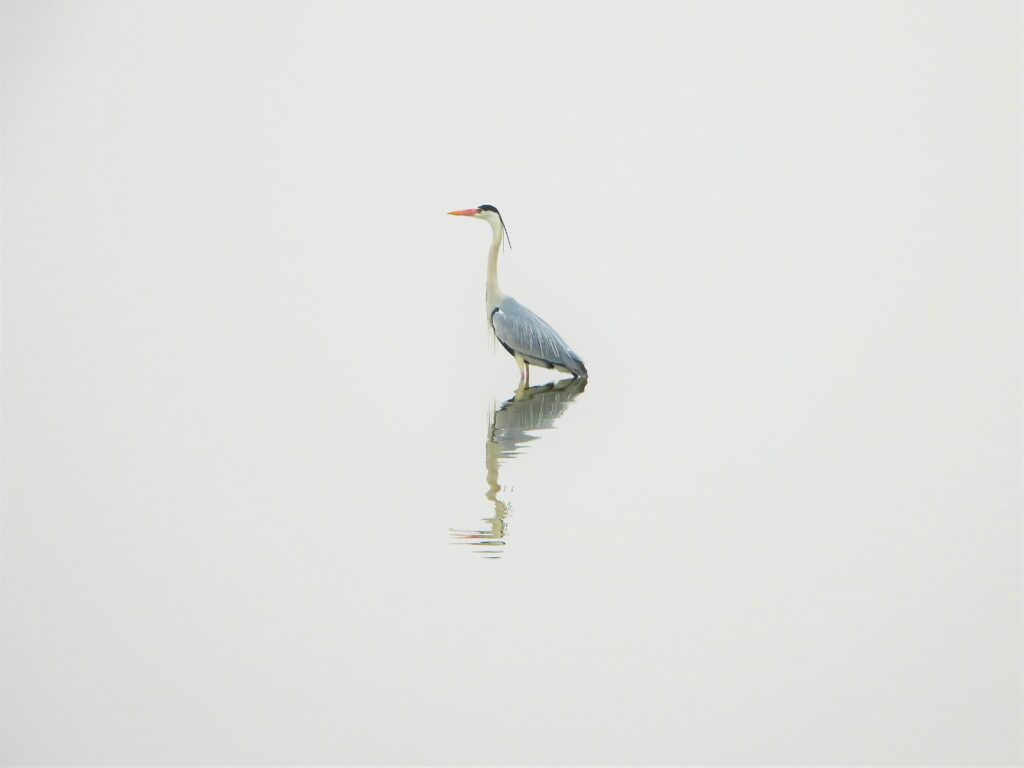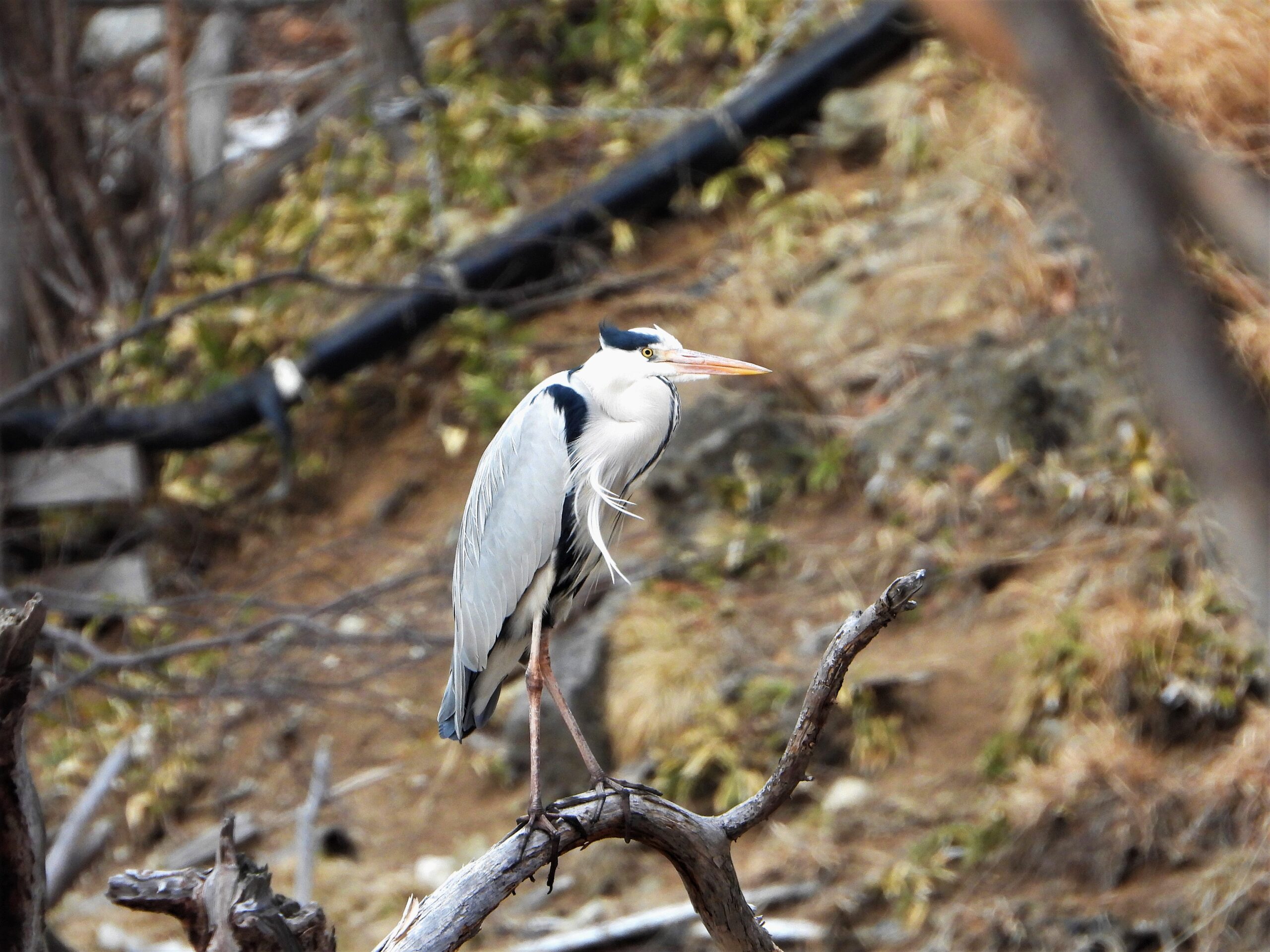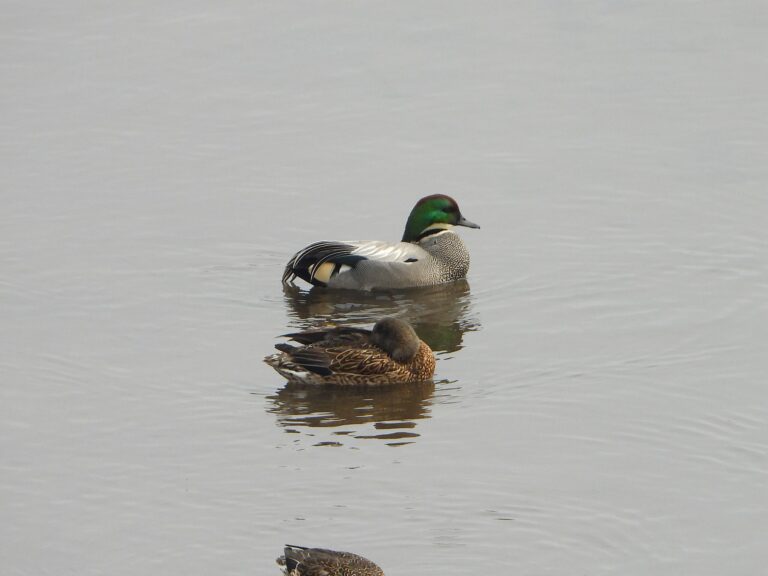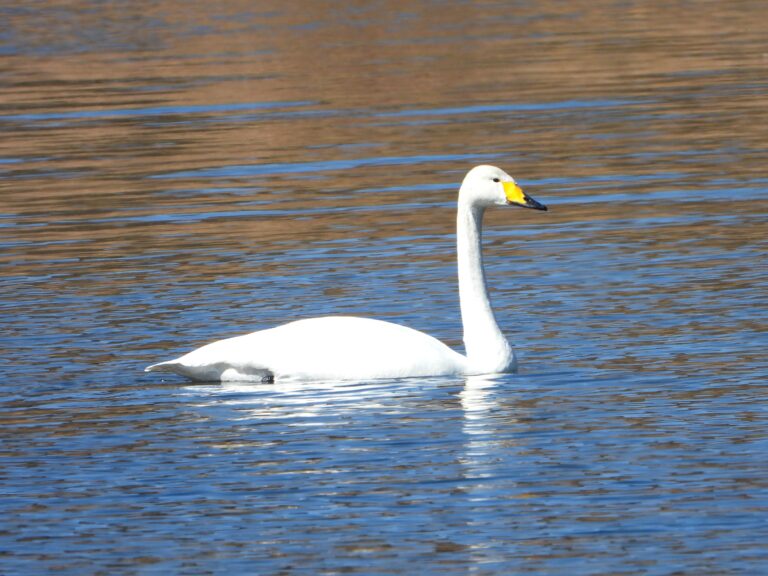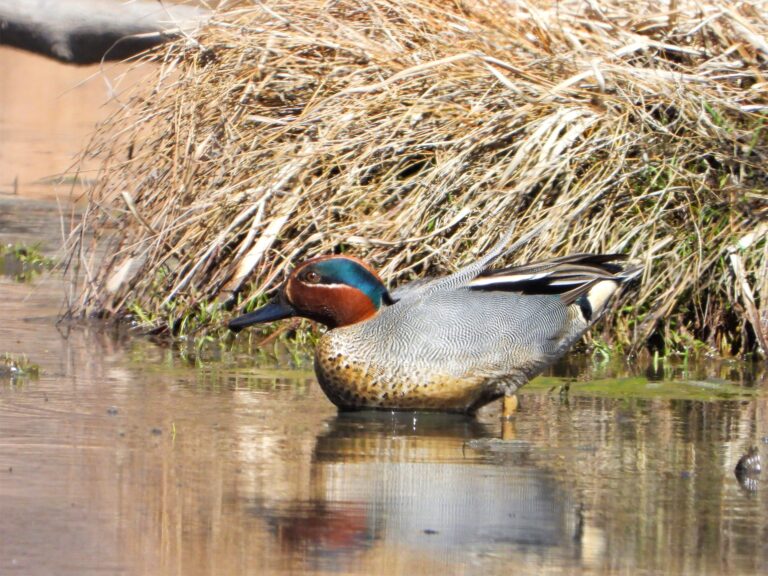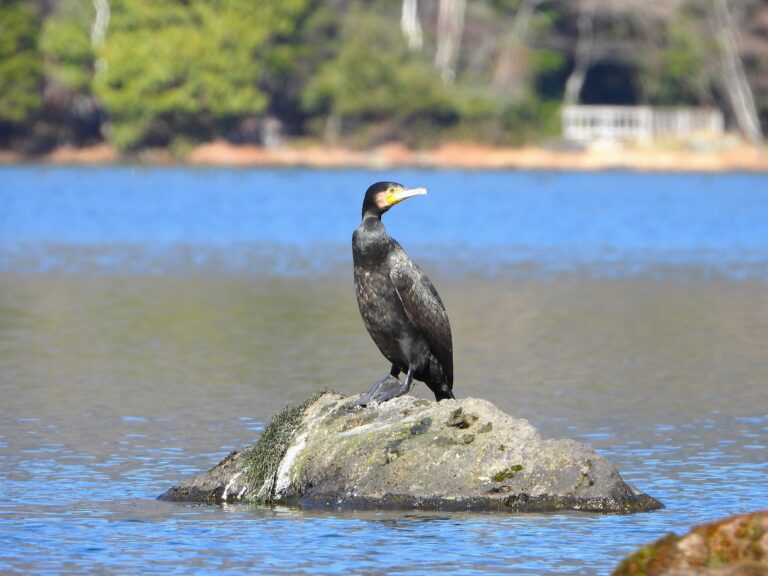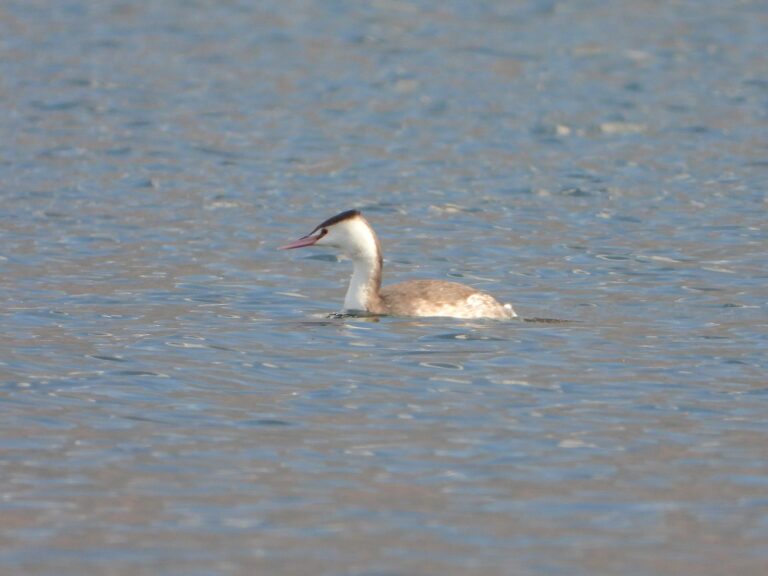Grey Heron (Ardea cinerea jouyi) – Wildlife of Japan
Introduction
The Grey Heron is one of the most familiar large waterbirds in Japan, seen year-round along rivers, ponds, lakes, marshes, and even in urban parks. Belonging to the heron family (Ardeidae), it is widespread across Eurasia and Africa. In Japan, its seasonal status varies by region, but it can be observed throughout the country.
Appearance
A tall and elegant bird, measuring 90–100 cm with a wingspan of up to 195 cm. It has a grey body, white face and neck, a bold black stripe through the eye extending to a short crest, and a long yellowish, dagger-like bill. In flight, it retracts its neck into an S-shape and beats its wings slowly, a key distinction from cranes and storks.
Habitat and Where to Observe in Japan
Grey Herons inhabit rivers, lakes, ponds, wetlands, tidal flats, and rice fields. They adapt well to human environments and are now common in city parks.
Where to Observe in Japan
- Urban parks and ponds: Ueno Park’s Shinobazu Pond (Tokyo), Osaka Castle Park.
- Rivers and lakes: Common along major rivers and lakes nationwide, including the Shinano River and Lake Biwa.
- Countryside rice fields and irrigation canals: Especially in spring–autumn, where they hunt frogs, fish, and crayfish.
Behavior
Known for “still-hunting”: standing motionless or slowly stalking in shallow water before striking quickly at prey. They usually feed alone but nest in colonies during the breeding season.
Diet
Primarily fish, but also frogs, crustaceans, insects, and occasionally small mammals or birds. Essentially, they eat anything they can spear and swallow whole. They are easy to watch while hunting by rivers and lakes.
Reproduction
Grey Herons nest colonially in “heronries,” usually high in trees (sometimes in mixed colonies with other herons). They lay 3–5 bluish-green eggs; both parents incubate for about 25 days, and chicks fledge at 7–8 weeks. In Japan, breeding generally occurs from spring to summer.
Conservation
Globally listed as Least Concern (IUCN). The Japanese subspecies A. c. jouyi is widespread and stable. While not threatened, conflicts can occur around large breeding colonies near human settlements.
Author’s Impression
For me, the Grey Heron feels like part of the Japanese landscape. Because they are so common in rice fields and watersides, I see them as an emblematic feature of Japan’s scenery, standing calmly and blending into nature throughout the seasons.
Seasonal Status in Japan
Resident year-round in Honshu and Shikoku. In Hokkaido, it is mainly a summer visitor, while in Kyushu and further south it is often seen as a winter visitor.
